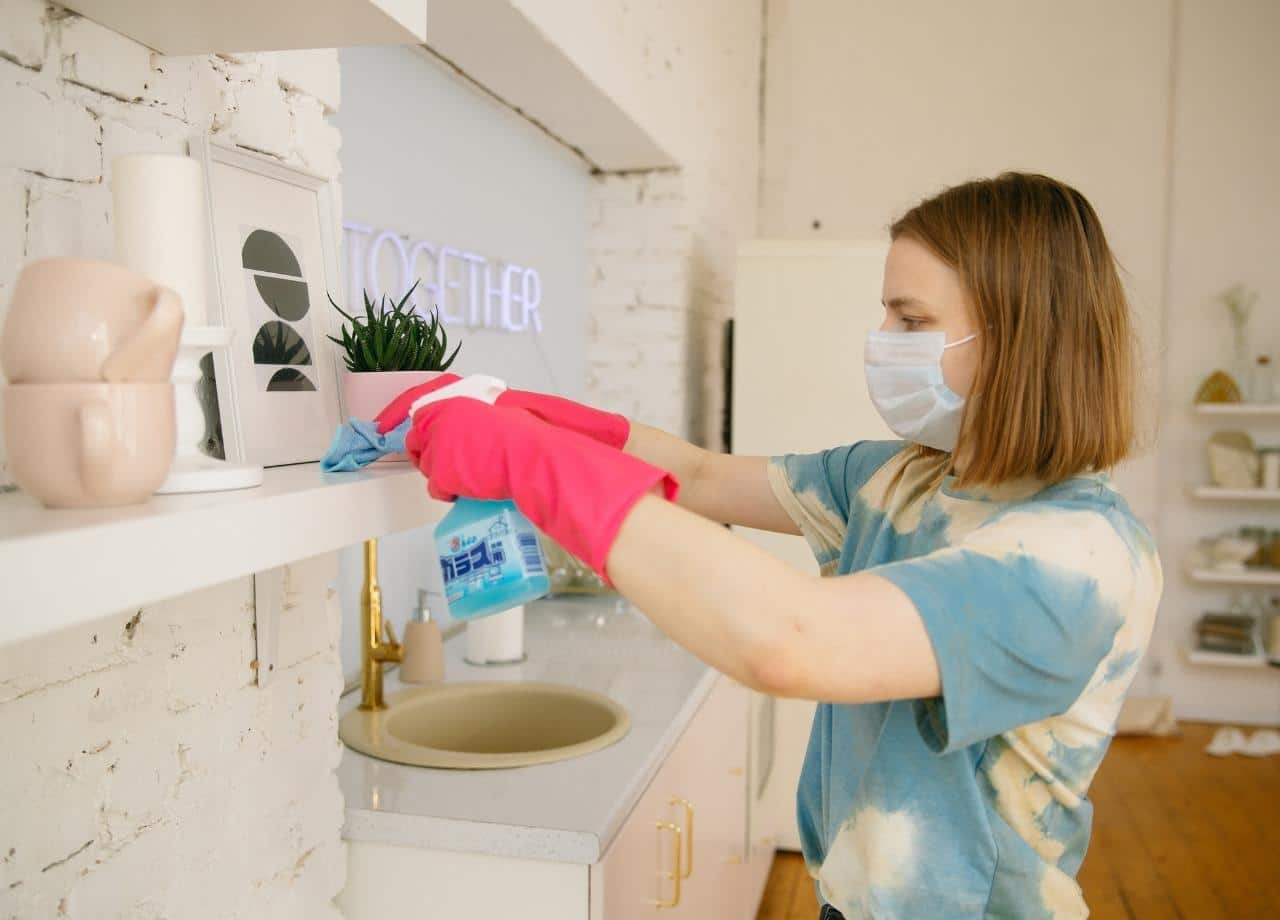Rodents can be one of the most frustrating pests for both residents and property managers. They sneak into apartments, chew through wires, leave behind droppings, and multiply faster than most people realize. When someone first spots a mouse or rat, the quick reaction is often to grab a few DIY traps from the store or try making one at home. At first glance, it seems like an easy and cost-effective solution. But the real question is—do these traps actually work, or do they just create more headaches?
Why DIY Rodent Traps Seem Appealing
When residents see a mouse, the first instinct is to stop the problem right away. Buying or making a trap feels like taking control without waiting on outside help. Some people see DIY traps online—like buckets with ramps, soda bottles turned into catch-and-release devices, or even sticky paper—and think it’s clever, simple, and cheap. It looks like something that could work overnight.
From a property management perspective, it’s tempting to let residents handle the issue themselves. A few homemade traps might cost almost nothing, and managers may assume the problem will disappear quickly. But rodent issues rarely work that way. What looks like one mouse in the kitchen can often mean several more hiding in walls, ceilings, or storage areas.
The Short-Term Results
It’s fair to say that some DIY traps can catch a rodent here and there. A well-placed snap trap or a bucket trap might snag a curious mouse. In small numbers, it can feel like progress. Residents may even report back happily after catching one, thinking the situation is under control.
The problem is that rodents reproduce fast, and for every one caught, there are usually more nearby. A single female mouse can have a litter every few weeks, and rats are even more destructive. So while a DIY trap might deliver a quick win, it doesn’t tackle the bigger issue of how rodents got inside in the first place—or how many more are still there.
The Downsides Most People Don’t Consider
Homemade traps may sound harmless, but in apartments they can create more issues than they solve. First, many traps are designed to be “catch and release,” but releasing a rodent outside doesn’t solve anything. Mice and rats often find their way back or move into another unit. That shifts the problem rather than solving it.
Another challenge is cleanup. When a trap does work, someone has to handle the rodent afterward. Residents aren’t usually prepared for that. It’s unpleasant, and in some cases, unsafe. Dead rodents can carry diseases, and poorly placed traps can lead to unpleasant odors if not checked quickly.
There’s also the problem of consistency. DIY traps often rely on bait like peanut butter or seeds, but rodents can get smart. If they’ve seen or smelled traps before, they learn to avoid them. That’s why property managers often hear about residents who swear they “have a trap set but nothing is happening,” while the droppings and gnaw marks continue to spread.
The Bigger Risk for Apartments
One of the biggest challenges with rodents is that they don’t stay put. A mouse can slip through openings as small as a dime, and rats can travel through plumbing, vents, and shared walls. This means a DIY trap in one apartment doesn’t prevent rodents from traveling to another.
When only one or two residents rely on homemade traps, the larger property-wide problem can go unnoticed. A rodent population might spread quietly for weeks, causing damage behind the walls, chewing on wires, or contaminating storage areas. By the time the problem is visible to everyone, the infestation is much harder—and more expensive—to control.
This is where property managers face the most frustration. Allowing DIY fixes might make residents feel proactive in the moment, but long-term, it can create more widespread issues that affect the entire community.
Why Professional Solutions Make More Sense
The main advantage of professional rodent control is that it doesn’t stop at just catching what’s visible. Trained pest control partners focus on finding entry points, understanding rodent behavior, and using methods that actually reduce the entire population—not just the one unlucky mouse that walked into a trap.
For apartments, this is a game-changer. Instead of piecing together random DIY attempts, property managers get a consistent plan in place. Residents don’t have to buy or make traps, and they don’t have to deal with disposal. The process becomes proactive instead of reactive.
With Pest Share, for example, property managers have an easy way to make sure residents get immediate help without waiting weeks for a scheduled visit. The system connects residents to professional pest control right when they need it, which takes the pressure off managers and ensures the rodent problem is handled correctly from the start.
When DIY Has a Place—and When It Doesn’t
It’s worth saying that DIY traps aren’t completely useless. For a resident who just spotted a single mouse and wants to do something right away, a store-bought trap can provide quick reassurance. It might buy some time until professional help arrives.
But in apartments, relying only on DIY traps is where trouble starts. What feels like a temporary fix often becomes a cycle of frustration. One mouse is caught, but more appear. Residents keep trying different methods, but the root of the problem—entry points, nesting areas, food access—never gets addressed.
That’s why property managers should see DIY traps for what they really are: a short-term reaction, not a solution. When the issue is bigger than one or two rodents, anything less than a full plan just delays the inevitable.
DIY rodent traps might look like a clever trick, but in apartments, they rarely solve the real problem. They can catch a rodent here and there, but they don’t stop infestations, prevent property damage, or protect residents from the health risks that come with rodents.
For property managers, the smartest approach is to treat DIY traps as temporary and limited, while leaning on professional pest control for real results. With services like Pest Share, managers can keep residents satisfied and properties protected without depending on quick fixes that almost always lead to more trouble later on.





